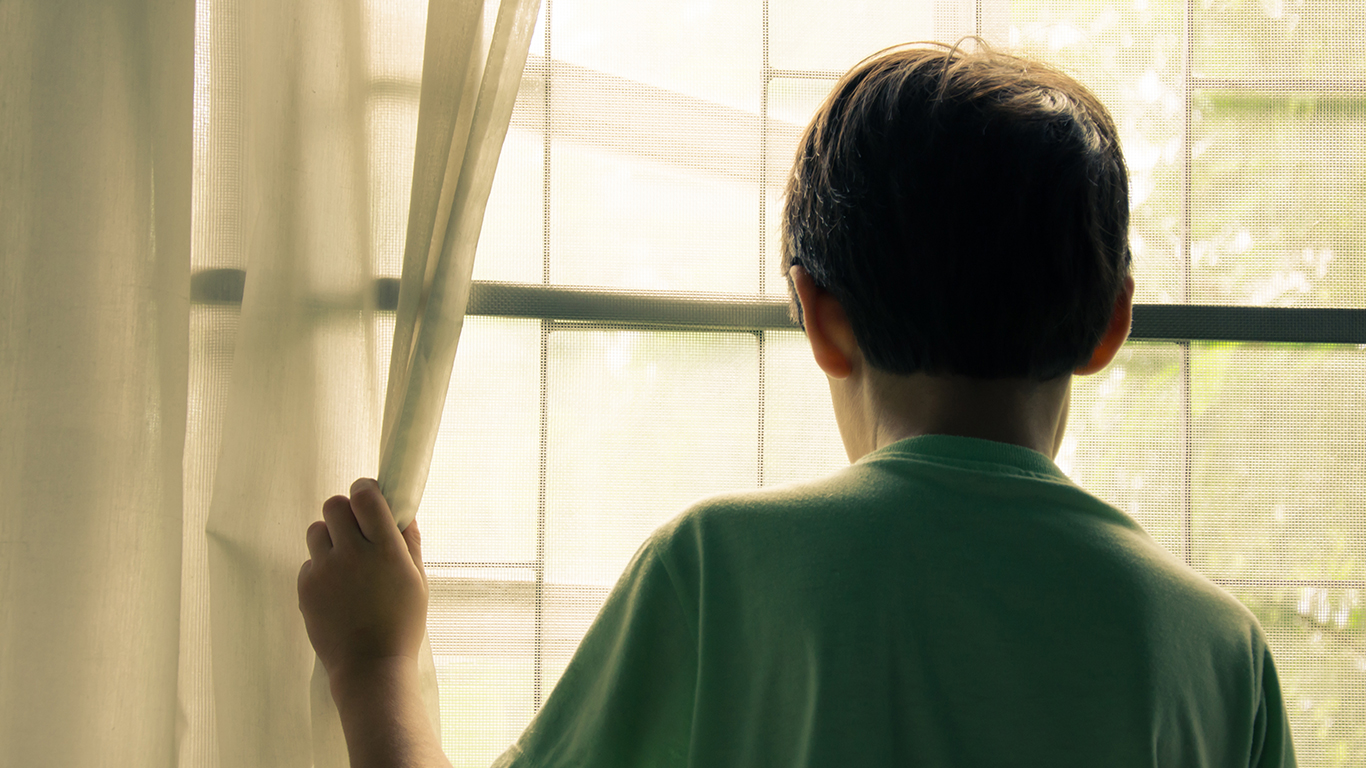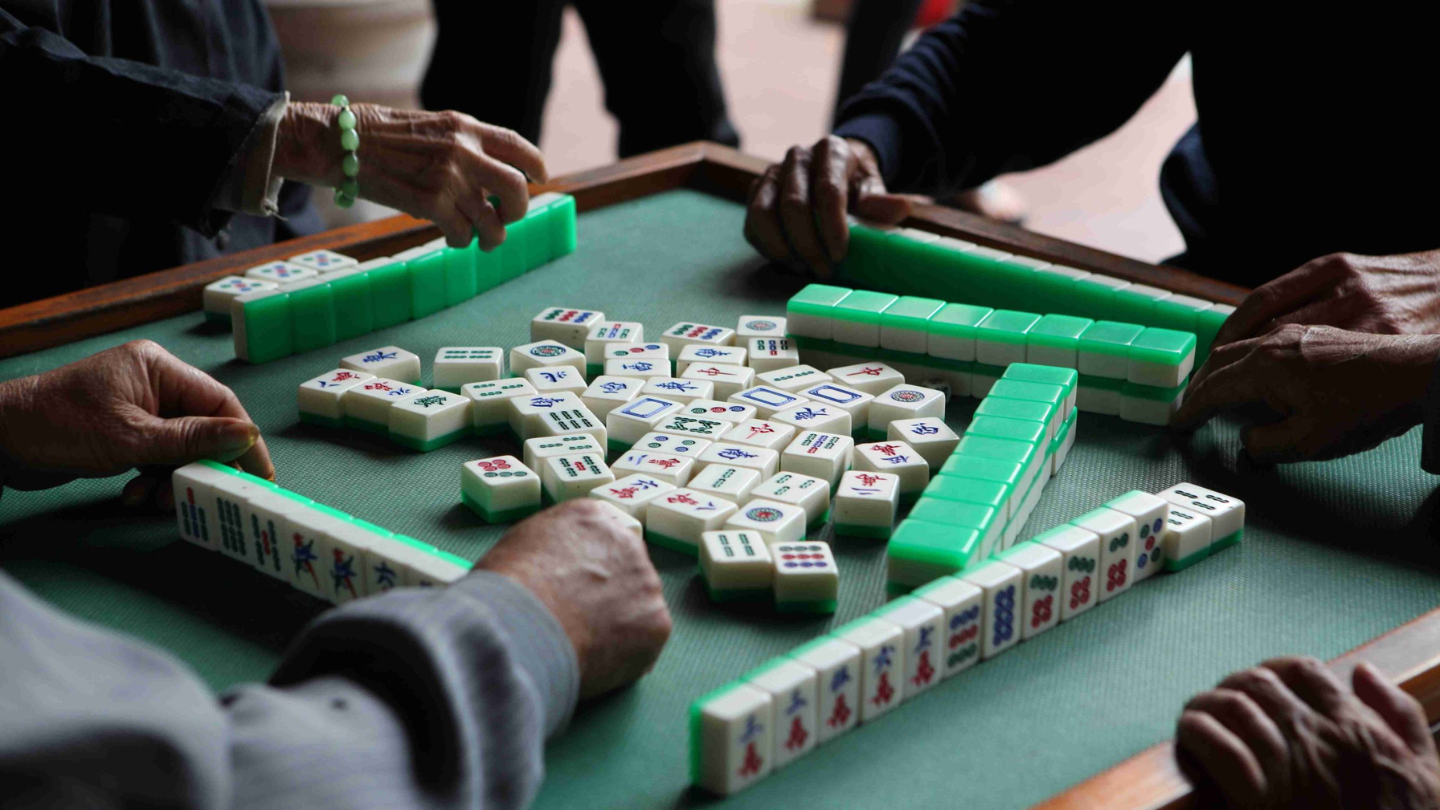Mention Racial Harmony Day to any adult and the first thing that comes to mind is that one day in the school year where everyone dresses up in multi-coloured cheongsams, baju kurungs and saris. By the end of the day, you’d hear many complaints about how hot everyone felt in their ethnic costumes, and we all remember that one classmate who wore a red T-shirt saying it’s culturally relevant because that’s his usual Chinese New Year outfit.
Being a Singaporean of Pakistani descent, I’d wear my shalwar kameez every Racial Harmony Day. And without fail, I’d get puzzled looks on the faces of my schoolmates. My father was born in Singapore during World War II to Pakistani immigrants (British India to be exact as Pakistan didn’t exist then) and my mother moved here when she married my father. Growing up in Singapore as someone who is marked under “Others” is a unique experience. I am among the numerical few who are classified under that one under-utilised letter in the CMIO classification. Essentially, a minority among the minority.
[skm_subscribe_btn]
I’d always hear the remark from neighbours about how sharp my nose is. The older boys back in primary school would always encircle me and call me Mr Bean, the ubiquitous funny man back in the 90s. There would always be one among them who would try to be smarter than the rest and stroke his chin while enquiring if I am ang moh. I didn’t have to take Mother Tongue classes with the rest so those periods were always free periods for me to “study” in the library. This meant classmates would protest to the form teacher about the extreme unfairness of it all.

But not every memory brings a smile: There are actual downsides to being a minority among the minority.
I had a teacher classify me as Indian during the yearly administrative paperwork and refuse to rectify it – until my parents threatened to speak to the principal about this. Applications for assistance from Mendaki would be rejected because I’m not Malay. They then referred me to Sinda, who also reject me – because I’m not Indian.
Related article: Are we all unconsciously racist?
Every year on July 21, Singapore celebrates Racial Harmony Day which commemorates the communal riots that took place in 1964. It’s an occasion that reminds everyone here, whether Chinese, Malay, Indian, Eurasian or Others, of the diversity in our society.

The category, Others, makes up just 3.4 per cent of Singapore’s population, based on Census of Population 2010. By probability and numbers, only a small number of Singaporeans will interact with someone who falls in that category. So while there is basic understanding about Chinese, Malays, and Indians, not so much is known about the people who make up ‘O’ – the Eurasians, Punjabis and people like me. Much of this ignorance comes from not having the opportunity to interact with one.
In this day and age of fake news, terrorism, and heightened racial and religious tensions not just in Singapore but across the world, an annual Racial Harmony Day in school just doesn’t cut it anymore.
Especially when Singapore has seen its share of high-profile incidents involving racism. Think back to the Indian actor who had to put on a fake Indian accent to make his audition “funnier” and the blogger who received flak for making disparaging remarks about the food at Ramadan Bazaar.
Related article: Don’t get so butthurt every time someone calls out racism
Race has always been a sensitive social issue in multiracial Singapore and the race riots of the 50s and 60s held great significance for those who experienced it. That significance, however, may not resonate so clearly with subsequent generations given it is only something we learned in social studies while growing up.
Do those in Singapore born after 1964 understand the gravity of the issue and the fragility of the harmony we enjoy today?
Engaging in responsible discussion on race could be the answer to cementing racial harmony in Singapore. More than putting on a costume once a year, having Singaporeans volunteering their racial perspectives and engaging one another on complex issues could be a refreshing step forward.
Doing this on social media – with so many hidden keyboard warriors – could see rampant name-calling, vulgarities, and unkind statements. The community will need to learn how to moderate itself, but the start of any dialogue would still be a step forward. When we engage each other more, nuances become more apparent – like when it was explained that acting and putting on an exaggerated Indian accent to represent Indians are two completely different things. With deeper understanding, race becomes much more than just a simple classification on the NRIC. It may lead to an uncomfortable conversation about our differences, but then we’ll also learn how to navigate these differences meaningfully, and even appreciating them.

Social media has narrowed the gap between diverse groups. People in the Others category can now share their experiences about being a minority, allowing others to hear from this mystical group for the first time. Whether it’s ignorance a minority has encountered, or a minority overreacting to what they felt was a racist slight against them, these issues can now be openly discussed. The more honestly we converse about these, the better others can see our perspectives and pain points, and the less likely we’ll need to tread on eggshells around each other.
Related article: How to respond to a social media spat
Take my nickname, for instance. My friends call me “Paki”. It is a shortening of the word Pakistani. “Paki” as a term, has an insidious past – it is a banned word for TV broadcasts and advertising in countries such as the UK, because the term “Paki’’ was used as a racial slur in reference to the Indian diaspora in the UK. I’ve never had an issue with it, though. Being Pakistani, or Paki, has always been part of my identity. It’s not a dirty word despite its negative past, and it is an example of something we can sit down and discuss and have a better understanding about how others see their own identity.
Yes, i’m of Pakistani descent. My extended family lives in the northern part of Pakistan near the capital Islamabad. While I have been there to visit, especially as a child, I have never seen myself as anything other than a Singaporean. I was born in a local hospital in Singapore, took my PSLE like everyone else, and proudly served my nation for two years in the Singapore Police Force. I love my chicken rice as much as I love my tandoori chicken. That is my identity – a balance of my cultural heritage and local upbringing. My story is just one of many other interesting stories that colour the Others classification.

These pressures on both ends of the spectrum will lead us towards awareness. Awareness will breed understanding, which subsequently leads to changes in mindset that guide us to be more mindful about how we treat others. That would be the true significance of this generation’s Racial Harmony Day. Instead of a single day of remembrance, it should be a way of life to be lived and breathed every day.
Related article: That upskirt video – don’t be a smartphone vigilante
There’s no need for snap judgements based on visual or stereotypical markers. And having some patience for those from a different race observing events like weddings or funerals would be great. In fact, partake in their joy, or sorrow. For by removing race as the framing in which you interact with others, you might open yourself up to appreciating and enjoying the subtle differences of other cultures.
At the end of the day, Singaporeans have to learn to look beyond the colour of one’s skin or their classification on the NRIC. The lack of minority leads for prominent TV shows and advertising campaigns are an indication that maybe a conversation on the topic of race should have started much earlier.
Racial harmony is vital to Singapore’s multi-cultural stability and security. So, let’s start a conversation about our differences. Let’s read up about others in our society and how they have been treated. Let’s get to know them better.
And that would be us practising Racial Harmony Day.






